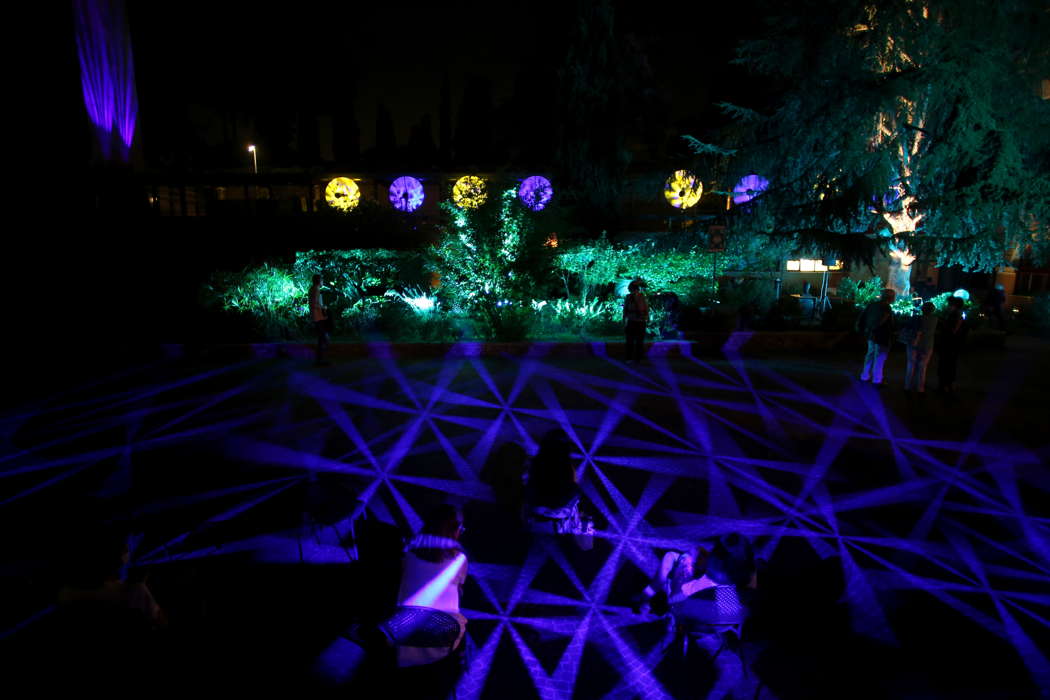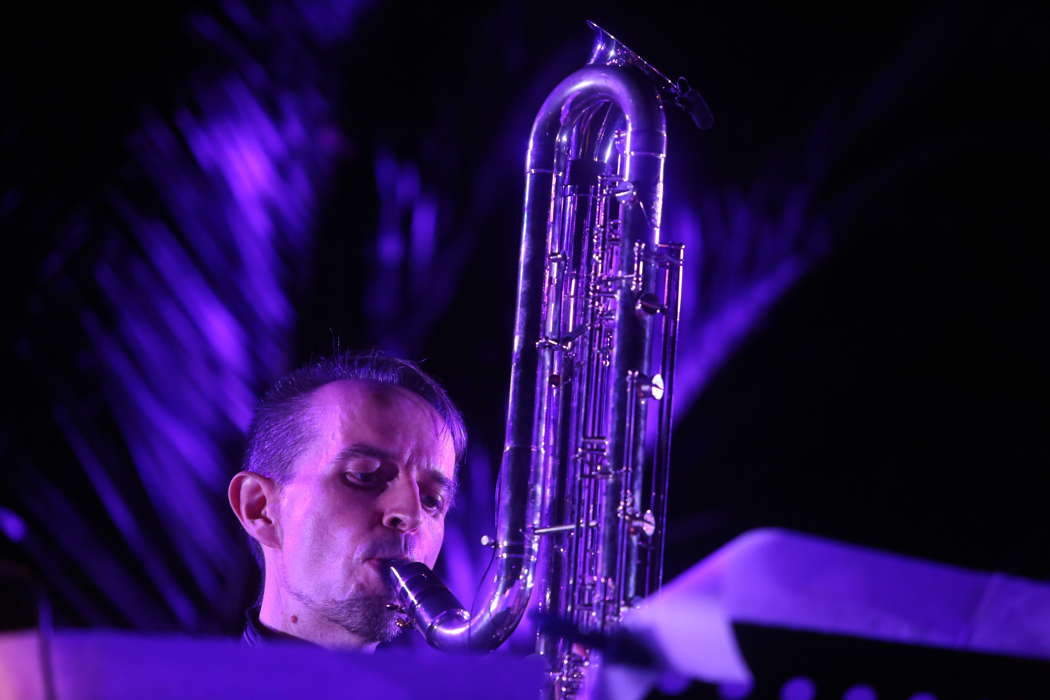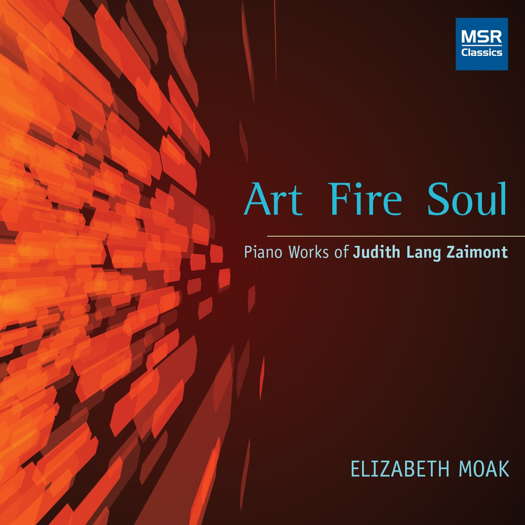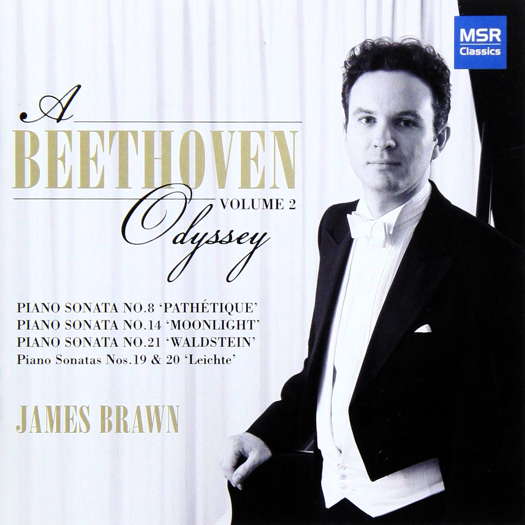- Gustave Charpentier
- Robert Anderson
- Elisabeth Schumann
- Verdi: Rigoletto
- Brenda Lewis
- Matthew Peaceman
- Holst: Beni Mora
- Salieri: Sinfonia in D
Experimental Music in Rome
GIUSEPPE PENNISI drops in to the ArtScience Festival and the Roman Philharmonic Academy's Garden Festival
While the great music festival Mi.To is staged in Milan and Turin this month, there are several outdoor contemporary music initiatives in Rome. Some are festivals previously scheduled for spring or early summer and rescheduled during autumn due to the pandemic. Others are festivals that normally take place in autumn, using the beautiful gardens and parks of the capital when the evenings are mild. Of the many, two are particularly significant: the ArtScience Festival and the Roman Philharmonic Academy's Garden Festival.
We have already discussed the latter in past summers, pointing out that this is an international festival organized in collaboration with the cultural institutes of some of the main countries; this brings contemporary music from the rest of the world to Italy. The former, which began way back in 1993, is a festival of musical and electroacoustic research that combines sound study, electronics, musical experimentation and visual installations.
From each of the two, I chose a concert. Let's start with ArtScience. The festival includes concerts, performances, installations, movies screenings, conferences, meetings with artists and masterclasses, in search of everything that is innovative, original and stimulating from the meeting between music, art and science. ArtScience, organized by CRM – Centro Ricerca Musicale (Music Research Center), has chosen as the title for the 2020 edition 'Acceleration Deceleration', two opposing phenomena that have stimulated the reflections of sociologists, anthropologists and philosophers and that touch several spheres of our society.

A scene from one of the ArteScienza concerts. Photo © 2020 Marco Iacobucci
Divided into thematic areas intended for different audiences, the festival takes place in several prestigious venues, transformed into places of the imagination thanks to music, its innovative art forms, participatory action of the public and dialogue with artists. The opening was at Casino Nobile in Villa Torlonia on 8 September 2020. Most concerts take place, almost every night until the end of September, in the gardens and conference room of the Goethe Institut, CRM's preferred partner since 1993. This is also a space for artists' music videos, concerts/installations with holophones - special sound projectors patented by CRM, poetry, dance, theatre and music, projections and performances that every day investigate an instrument or a pair of different instruments - purple, clarinet, percussion, flute, sax, clarinet and bajan ... To further enrich this edition, on 30 September 2020, the Church of St Ignatius of Loyola hosts a concert for organ and live electronics - Giulio Tosti organ with Pasquale Citera, live electronics - with works of traditional and contemporary music. The concert will be preceded by a meeting with the philosopher and historian of metaphysics Paul Gilbert.
What are holophones, a term coined by CRM? They are works of visual and musical art at the same time, with a high technological profile, the result of avant-garde research that the Conservatory and the University of L'Aquila have built. The photo shows the holophones in the Lower Garden of the Goethe Institut. I attended the evening of 19 September. It opened in the Lower Garden with saxophone improvisations by Danilo Porticaro, hidden behind a hedge, which also presented new work by Andrea Benedetti, inspired in turn by paintings of Roy Lichtenstein and spread in the air by holophones.

Danilo Porticaro playing the saxophone in Rome. Photo © 2020 Marco Iacobucci
The second part took place in the Upper Garden of the Goethe Institut and featured clarinetist Michele Marelli who worked for ten years with Karlheinz Stockhausen. The main part of the concerts was Uversa 16thNow, composed by Stockhausen in 2007, that is, shortly before his death. The first performance was entrusted to Marelli. It is a long piece - twenty three minutes - in which the sound of the clarinet is accompanied by electronic music on tape. This is experimental music not for all palates. Perhaps a lower volume would have benefited?
Stockhausen's piece was preceded by Marco Stroppa's Il peso di un respiro for amplified basset horn and followed by Prima della traccia by Stefano Gervasoni for basset horn and live electronics, Art Metal II by Yan Robin and Tripophobia by Walter Cianclusi. The audience was not very dense, as happens in musical research concerts, but there was warm applause.
Copyright © 22 September 2020
Giuseppe Pennisi,
Rome, Italy

FURTHER ARTICLES ABOUT EXPERIMENTAL MUSIC
FURTHER ARTICLES ABOUT ELECTRONIC MUSIC
FURTHER ARTICLES ABOUT CONTEMPORARY MUSIC
FURTHER LIVE CONCERT AND OPERA REVIEWS




